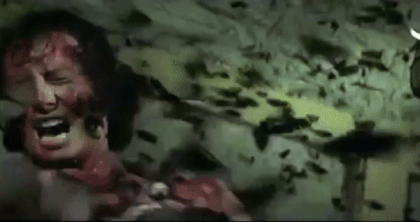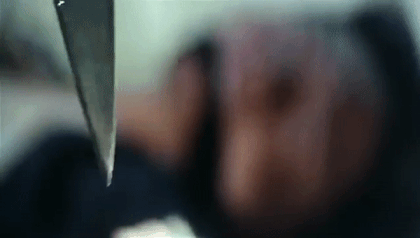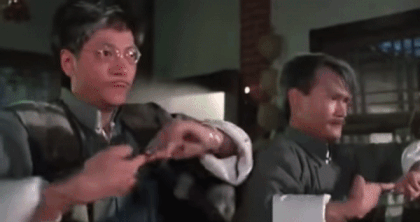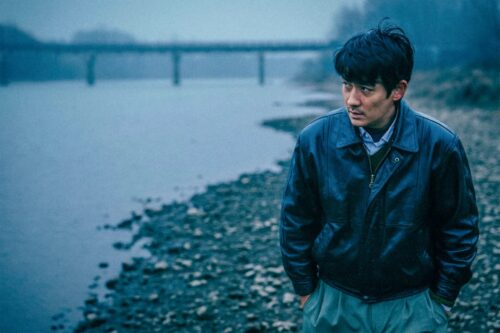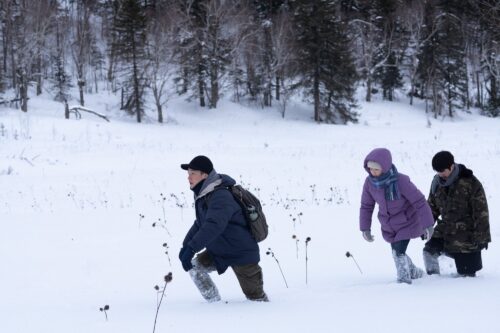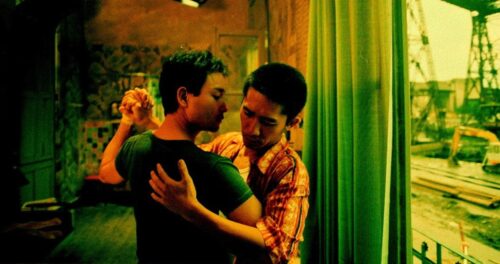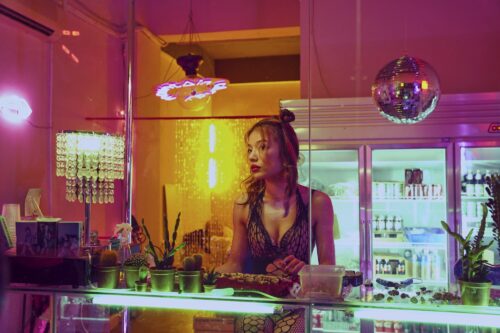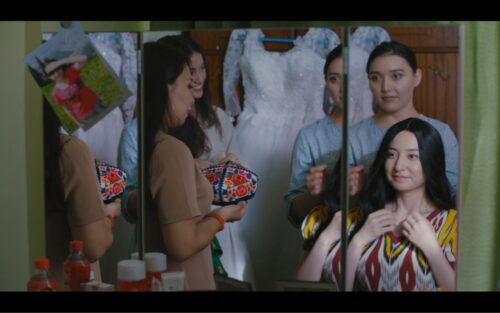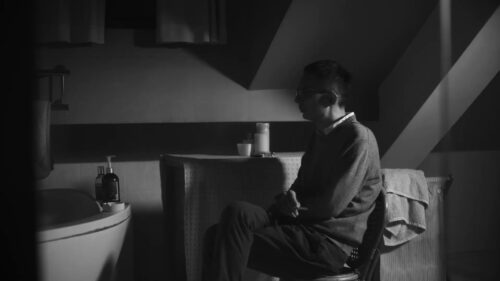Hopping Vampires and Beautiful Ghosts: A Brief History of Chinese Horror, Pt. 2
From killer butterflies and hopping zombies (in a movie nominated for Best Film at the Hong Kong Film Awards) to dismemberment, cannibalism, and worse levels of exploitation and sleaze, Chinese horror films in the last four decades have taken a smorgasbord of configurations and forms — with different degrees of silliness and scare.
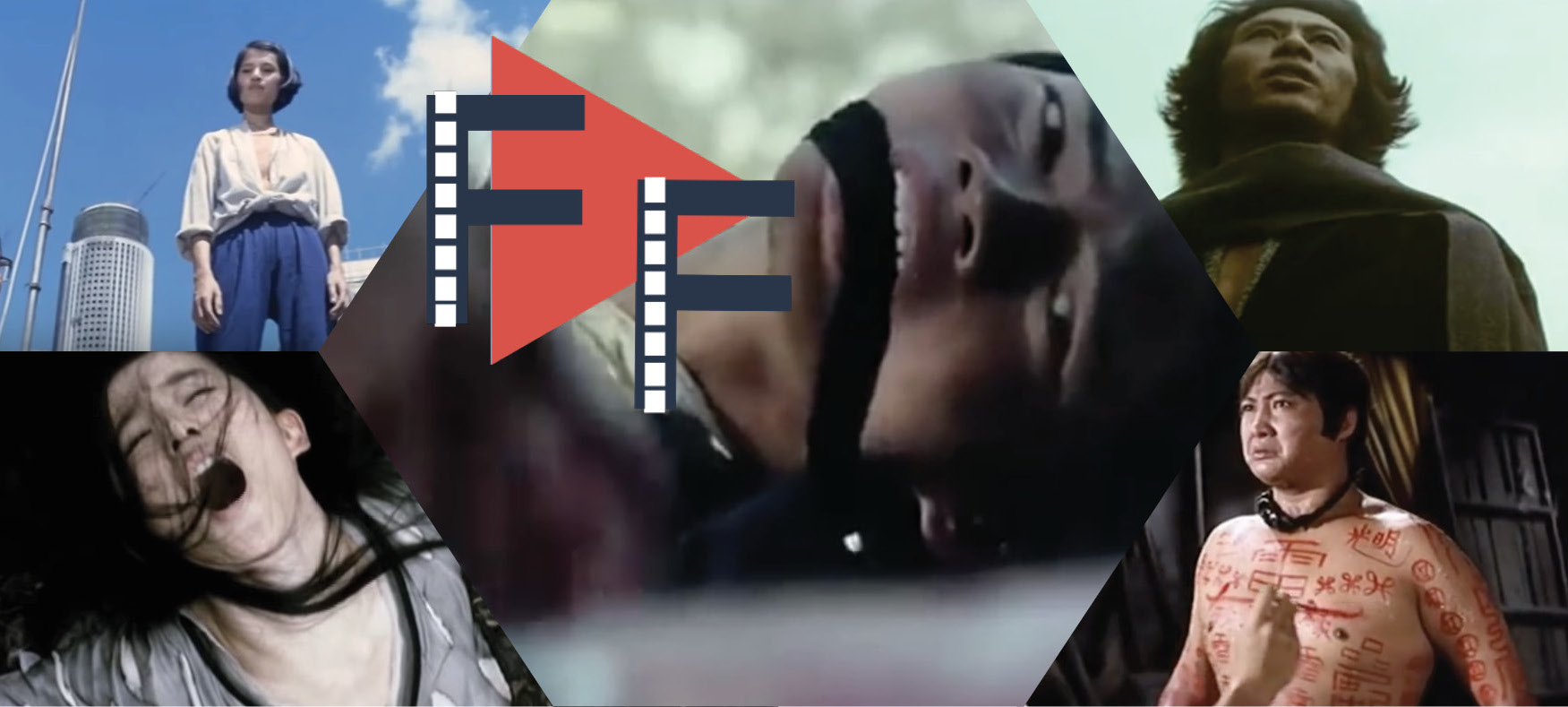
In this second of a two-part series, Tristan Shaw takes a look at notable Chinese horror flicks from the 1980s to present. Part 1 here.
While the 1970s saw Hong Kong horror filmmakers incorporating sex and graphic violence for the first time, the 1980s led to improved special effects and stronger production values. In the early years of this decade, a younger group of filmmakers known as the Hong Kong New Wave also began to emerge and influence the local movie industry. Many of these directors had studied abroad, and spent their early careers working in television. They brought new, innovative techniques in their transition to film, such as quicker editing and filming outside of studio sets, helping to revitalize the industry. Their influence extended into the horror genre, and two of the most well-known directors from the group even made horror movies themselves.
Often dubbed “The Steven Spielberg of Asia,” director Tsui Hark 徐克 might be best-known abroad for his Once Upon a Time in China 黄飞鸿 (huáng fēihóng) series, but his first couple of movies were horror and thriller-based. His debut The Butterfly Murders 蝶变 (dié biàn, 1979) is an oddball wuxia (武侠, “martial arts”) about a castle terrorized by killer butterflies and the man in a black-leather suit who controls them, while We’re Going to Eat You 地狱无门 (dìyù wú mén, 1980) follows a secret agent who stumbles onto a village of crazy cannibals. Both these movies were box office bombs, but Tsui found some modest success with his third feature, Dangerous Encounters of the First Kind 第一类型危险 第一類型危險 (dì yī lèixíng wéixiǎn dì yī lèixíng wéixiǎn, also 1980), a bleak, nihilistic tale of four teenagers who go on a violent crime spree.
GIFs: The Butterfly Murders and We’re Going to Eat You
Tsui’s contemporary, Ann Hui 许鞍华, made some early efforts in the horror genre as well. She made her directing debut with The Secret 疯劫 (fēng jié, 1979), an eerie psychological thriller about a woman named Lin who investigates the murders of her friend Lee and her fiance Yuen. A local madman is suspected of being the killer, but the case is complicated when Lee’s ghost is spotted in an old house, leading Lin to unravel a shocking secret about her old best friend. Hui’s work is known for its social criticism, and The Secret is no different, and interestingly enough, was based on the events of a real-life murder in Hong Kong. Her second feature, The Spooky Bunch (zhuàng dào zhèng, 1980), is also ghost-themed, featuring a Cantonese opera troupe being terrorized by an army of ghosts on a remote island.
1980 might be considered a landmark for Chinese horror movies. We’re Going to Eat You and The Spooky Bunch are decent horror-comedies, but when it comes to humor or impact, neither can compare to Encounters of the Spooky Kind 鬼打鬼 (guǐ dǎguǐ). Directed by Sammo Hung 洪金宝, Encounters took the kung-fu and horror blend of the unintentionally dumb Legend of the Seven Golden Vampires (1974) and actually made it work, using rotting, hopping zombies (僵尸 jiāngshī) instead of handsome, Western-style vampires. Its cowardly hero Cheung (played by Hung) is a rickshaw driver whose wife is cheating on him with his boss, Tam. Cheung is oblivious about the affair, but Tam plots to get rid of him anyway, hiring a sorcerer to kill him. Supernatural shenanigans ensue, and at one point, Cheung gets into a fight while possessed by a monkey god.
With its delightful mix of action, slapstick, off-color humor, and horror, Encounters was a surprise success, playing in theaters across Asia and hitting the West at the Cannes Film Festival. Its unique style was practically aped by other horror-comedies over the rest of the decade, and while a lot of these imitators were just lame or derivative, the Hung-produced Mr. Vampire 僵尸先生 (jiāngshī xiānshēng, 1985) stood out from the pack. Actor Lam Ching Ying 林正英 became famous for his role as Master Kau, a stoic, unibrowed priest who discovers that a corpse he’s reburying is a jiangshi. Kau keeps the monster in his house for observation, but all hell breaks loose when his two dim-witted apprentices accidentally let the jiangshi escape, forcing Kau to stop it before it causes further mayhem.
Mr. Vampire was not only a financial hit, but a critically-acclaimed one, earning 12 nominations at the 5th Hong Kong Film Awards, including Best Film. It also led to sequels and spin-offs, and like Encounters of the Spooky Kind, a number of imitators. For the most part, the four main sequels are a mixed bag, and have standalone plots. The second movie in the series includes a jiangshi family in modern Hong Kong, while the third is about a Daoist priest (played by Lam Ching Ying) who fights ghosts. The fourth uses jiangshi as villains again, and the fifth is a continuation of the first movie, seeing Master Kau and his disciples take on the vengeful ghosts of aborted fetuses (seriously).
For all their popularity in Asia, Encounters and Mr. Vampire aren’t very well-known in the West, though it’s a different story for the third and last great Chinese horror-comedy of the ’80s. In 1987, Tsui Hark produced A Chinese Ghost Story 倩女幽魂 (qiànnǚ yōuhún), an adaptation of Pu Songling’s Nie Xiaoqian story. It’s a familiar premise: A young man stays at an abandoned temple and falls in love with the ghost of a beautiful woman. The ghost is enslaved to a demon, and the man has to fight to free her. This rendition, with its music, visuals, and action, has remained one of the best adaptations of Pu’s story. The animatronic and stop motion special effects are also awesome, and few movies can probably boast of a fight with a tree demon’s giant tongue.
https://www.youtube.com/watch?v=R0F1tVcUwT4
A Chinese Ghost Story proved to be massively popular, and for a while, spawned a fad for romantic ghost movies. While audiences lapped up jiangshi and ghost stories well into the early ’90s, a new trend of grittier horror movies also began to appear, with an emphasis on human rather than supernatural villains. This shift might have been encouraged by Hong Kong’s introduction of a ratings system in 1988, with the label “Category III” being reserved for adult audiences only. Category III opened the floodgates for sex and exploitation movies, and the horror flicks of the time made sure to take advantage of the rating, including extreme, violent, and shameless content.
Men Behind the Sun 黑太阳731 (hēi tàiyáng, 1988), one of the earliest Category III movies, is something that doubtlessly could never be made today. For one, its subject is the very controversial Unit 731, a secret division of the Japanese Army that conducted horrifying “medical” experiments on enemy civilians during the Sino-Japanese War. Director Mou Tun-fei 牟敦芾 handles such delicate material in a graphic, exploitative manner, using real violence against animals — and very tastelessly — including the actual corpse of a little boy for an autopsy scene. Needless to say, its release was plagued with controversy, and Mou received death threats for the movie. In a 1999 interview with film journal Offscreen, Mou claimed that the movie’s first screening in mainland China even caused audiences to collapse and faint, and in the case of 16 unfortunate viewers, led to heart attacks.
Out of all this Category III sleaze, two collaborations by director Herman Yau 邱礼涛 and actor Anthony Wong 黄秋生 stand out as exceptionally disturbing. In 1993, Yau released The Untold Story 八仙饭店之人肉叉烧包 (bāxiān fàndiàn zhī rénròu chāshāo bāo), in which Wong plays a serial killer who slaughters an entire family and their young children. Wong’s character then takes over the family’s restaurant, dismembering his victims’ bodies and serving their meat to unsuspecting customers. Wong essentially played the same character again in Ebola Syndrome 伊波拉病毒 (yībō lā bìngdú) three years later, where the lead psychopath rapes and stabs a woman to death with chopsticks. Before dying, the woman throws up on Wong, leading him to catch ebola. Immune to the disease himself, Wong spreads it on a rampage from South Africa to Hong Kong. Both movies have become cult classics, and while they have a sense of dark humor, definitely aren’t recommended for the squeamish.
In the mid-1990s, the Hong Kong movie industry crashed, and the horror movie industry unfortunately suffered along with it. Compared to the first half of the decade, the second half is disappointing. Not many horror movies are worth mentioning from here, although there are a few. 1997 saw the release of Herman Yau’s Troublesome Night 阴阳路 (yīnyáng lù, 1997), a horror-comedy anthology that has since spawned 19 sequels, the most recent of which appeared in 2017. Bio Zombie 生化寿尸 (shēnghuà shòu shī, 1998), a homage to Dawn of the Dead set in a shopping mall, is also worth checking out, for at the least being able to see one of the few Chinese horror movies to star American-style zombies.
Since the 2000s, with notable exceptions like The Eye 见鬼 (jiànguǐ, 2002), Dumplings 饺子 (jiǎozi, 2004), and the gory slasher Dream Home 维多利亚壹号 (wéiduōlìyǎ yī hào, 2010), there have been fewer and fewer horror movies made in Hong Kong. Part of the problem is that movies are increasingly tailored for the mainland, which has censorship laws that forbid movies that “promote cults and superstitions,” not to mention restrictions on the horror staples of nudity and violence. Granted, there have been some mainland horror movies since the late ’80s, but these have usually been critically panned, and the supernatural elements are explained away in the plot as dreams or hallucinations. In recent years, the Blair Witch-like The Possessed 中邪 (zhōng xié, 2016) has earned decent reviews, and just last year, Herman Yau and Anthony Wong reunited for The Sleep Curse 失眠 (shīmián), a gory throwback to their Category III ’90s heyday. In Taiwan, the urban legend-inspired The Tag-Along 红衣小女孩 (hóng yī xiǎo nǚhái) movies have also done quite well, so perhaps there’s still a bit of hope left for a resurrection of Chinese horror.
This was the second part of a two-part series on Chinese horror films. Read Part 1 here.

